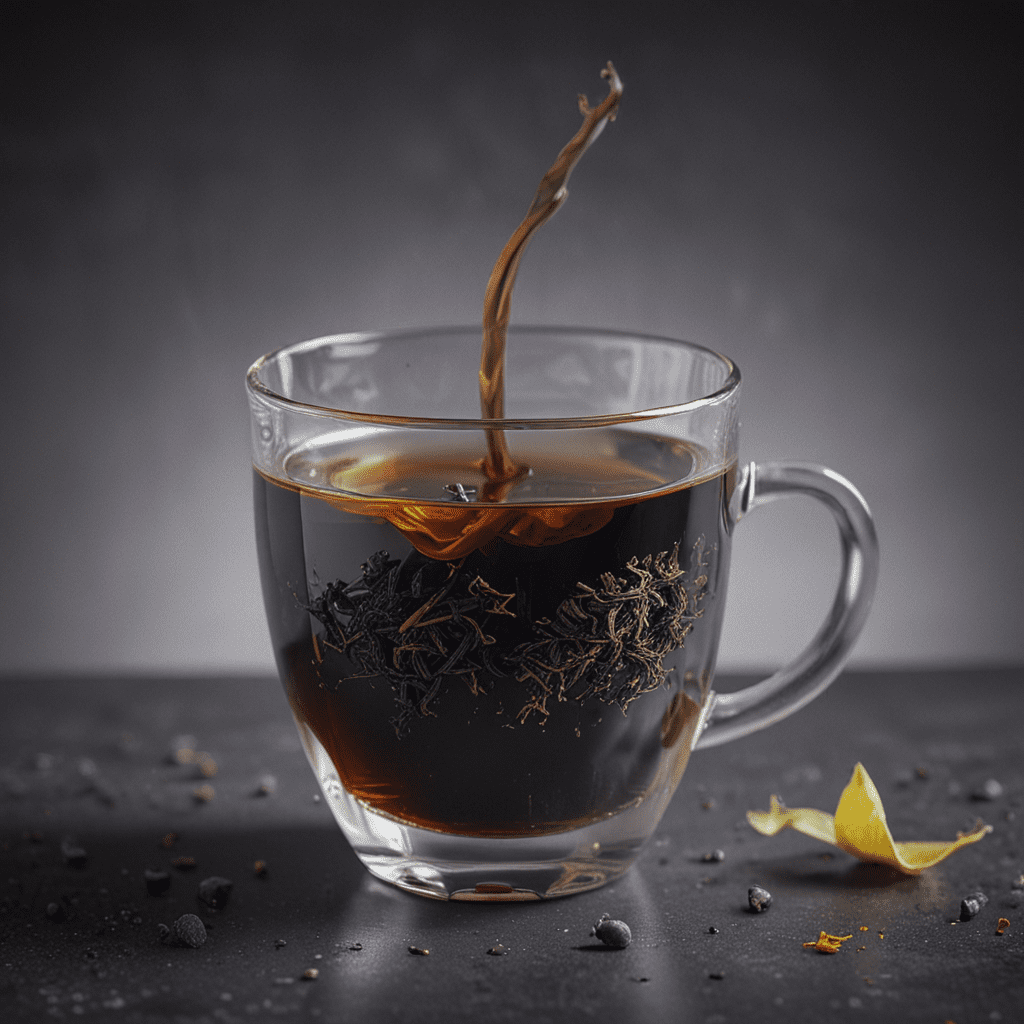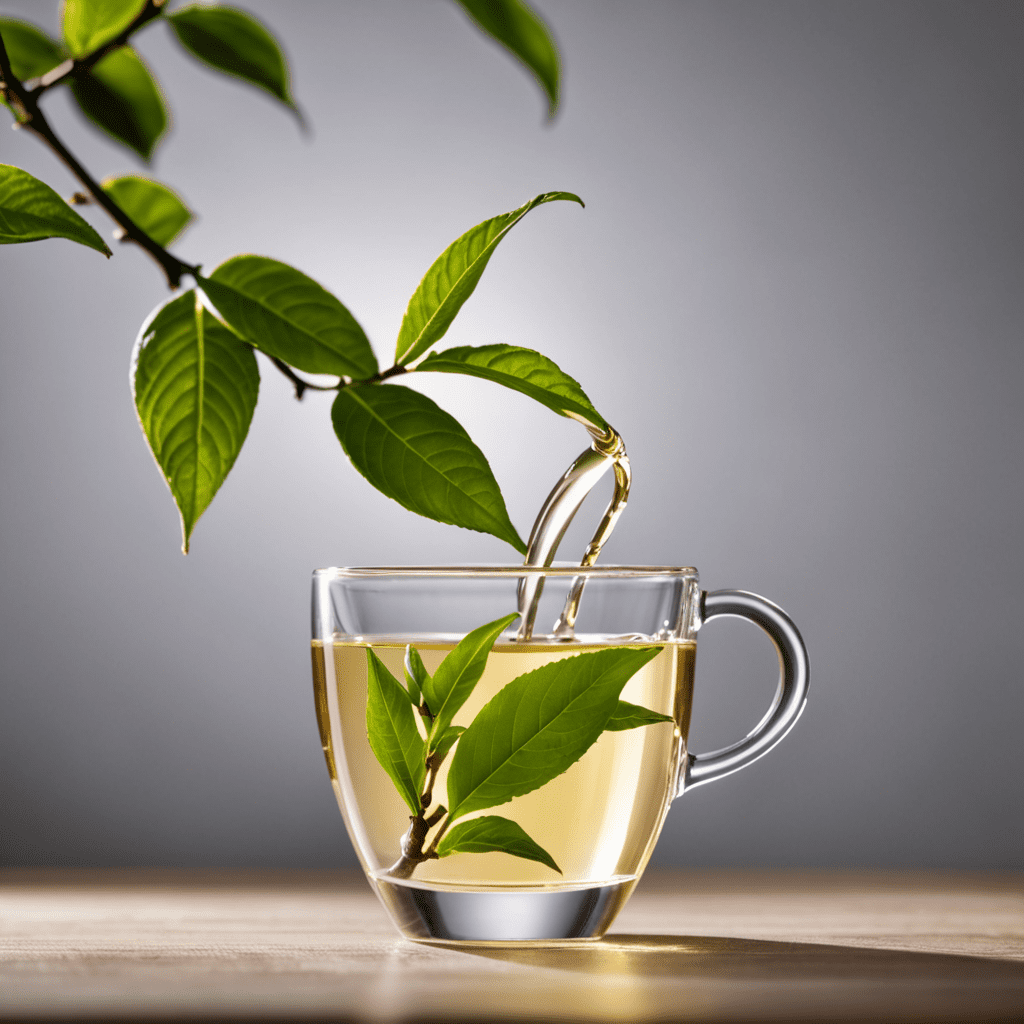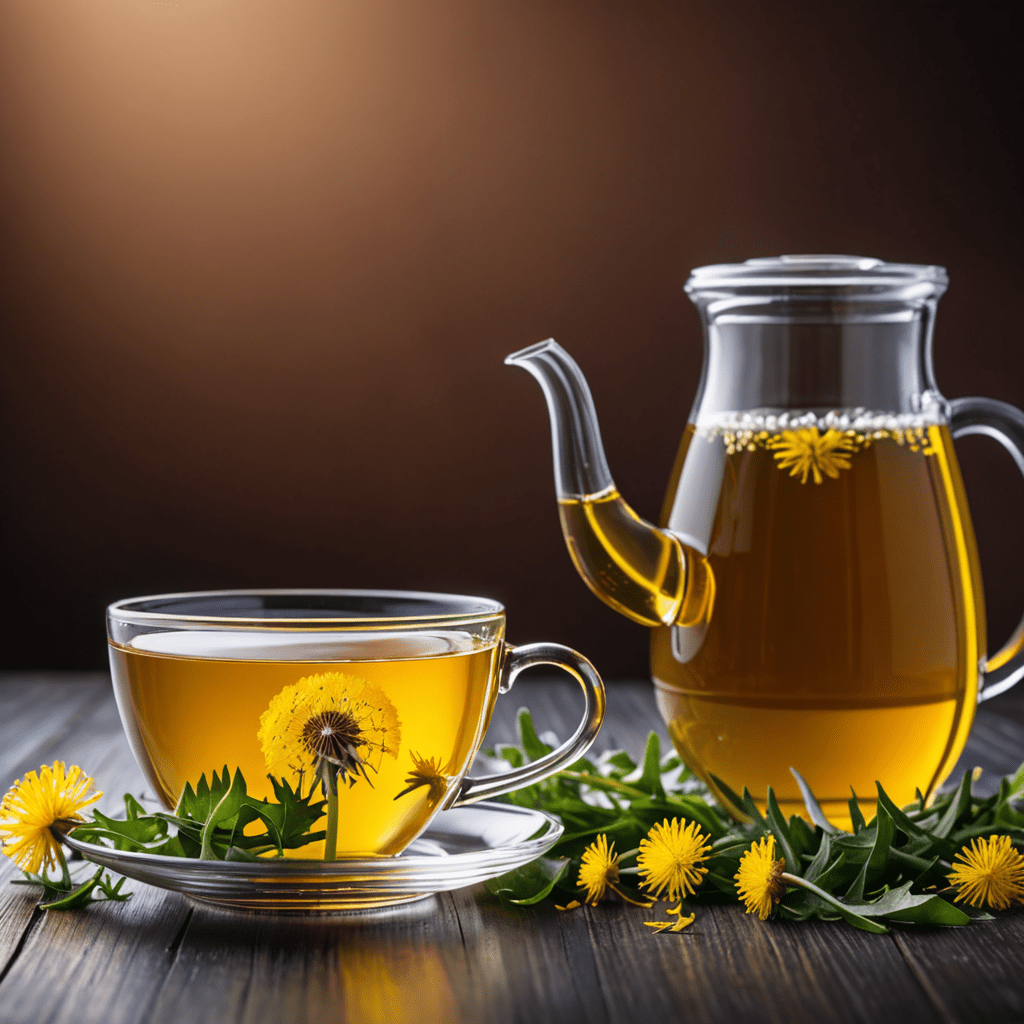Earl Grey Tea: Black Tea with a Twist
Origins and History
Earl Grey tea, a captivating blend of black tea and bergamot oil, has an intriguing history steeped in aristocracy and tradition. Its origins trace back to the 1830s, with various tales surrounding its creation. One legend attributes its invention to British Prime Minister Earl Grey, who is said to have received a gift of tea flavored with bergamot from a Chinese mandarin. It is believed that the Earl enjoyed the unique combination and commissioned its production.
The Unique Flavor Profile
Earl Grey tea stands out due to its distinctive flavor profile. The base of black tea, known for its robust and malty notes, is complemented by the zesty and citrusy essence of bergamot. This interplay creates a harmonious balance that captivates the taste buds. The bergamot's invigorating aroma infuses the tea, resulting in a refreshing and aromatic experience.
The Bergamot Orange: A Key Ingredient
Bergamot, a pear-shaped citrus fruit native to Italy, plays a pivotal role in defining Earl Grey tea's character. Its rind contains essential oils that impart the tea's signature citrusy flavor. The bergamot's distinct aroma and taste add complexity to the blend, elevating it beyond a simple black tea. Its unique essence transforms the tea into a tantalizing beverage.
Types of Earl Grey Tea
Earl Grey tea exists in various forms, each with its nuances. Some blends incorporate different proportions of bergamot oil, resulting in variations in intensity. Other varieties may include additional ingredients, such as lavender or vanilla, offering distinct flavor profiles. Additionally, the type of black tea used as the base can influence the overall taste and character of Earl Grey.
Brewing Methods
The art of brewing Earl Grey tea adds to its allure. Perfecting the method ensures an optimal infusion. Using fresh, filtered water is crucial, as tap water can alter the tea's flavor. Ideal brewing temperatures range from 195 to 205 degrees Fahrenheit (90 to 96 degrees Celsius). Steeping time varies, but generally between 3 and 5 minutes allows the tea's flavors to fully develop without becoming bitter.
Pairing Earl Grey with Food
Earl Grey tea's versatility extends beyond its role as a standalone beverage. Its unique flavor profile makes it a delightful accompaniment to various culinary delights. Its citrusy notes pair well with pastries, scones, and fruit tarts, enhancing the sweetness and creating a harmonious balance. Additionally, Earl Grey's robust character complements savory dishes such as grilled salmon or roasted chicken, adding a touch of zest to the meal.
Health Benefits
While primarily enjoyed for its taste, Earl Grey tea may also offer potential health benefits. The inclusion of bergamot imparts antioxidant properties, which help combat free radicals and protect against cellular damage. Additionally, bergamot may aid in reducing stress and improving digestion. Earl Grey tea's caffeine content provides a gentle boost, making it a suitable substitute for coffee in the morning or afternoon.
Cultural Significance
Earl Grey tea has transcended its origins to become a cultural icon. Its presence in literature, film, and television reflects its widespread recognition. In popular culture, Earl Grey is often associated with sophistication and refinement, further solidifying its place as a cherished beverage. Its ability to stir memories and evoke a sense of nostalgia adds to its enduring appeal.
Modern Variations
The classic Earl Grey blend continues to inspire modern variations that cater to diverse preferences. Some tea artisans create blends with varying intensities of bergamot, offering options for those who prefer a subtle hint or a bolder citrus flavor. Combinations with other ingredients, such as lavender, rose, or vanilla, add new dimensions to the traditional profile, expanding its versatility.
Conclusion
Earl Grey tea, a harmonious blend of black tea and bergamot oil, has captivated tea enthusiasts for centuries. Its distinctive flavor profile, versatility, and cultural significance make it a beloved beverage enjoyed worldwide. With modern variations embracing new flavor combinations, Earl Grey's appeal continues to evolve, ensuring its place as a timeless favorite.
FAQ
1. What is the origin of Earl Grey tea?
Earl Grey tea originated in the 1830s, possibly as a gift to British Prime Minister Earl Grey from a Chinese mandarin.
2. What gives Earl Grey tea its unique flavor?
Bergamot orange oil, extracted from the rind of a pear-shaped citrus fruit, imparts Earl Grey tea's distinctive citrusy flavor.
3. Are there different types of Earl Grey tea?
Yes, Earl Grey tea comes in various forms, differing in the intensity of bergamot flavor or the inclusion of additional ingredients like lavender or vanilla.
4. How should I brew Earl Grey tea?
Use fresh, filtered water at 195-205 degrees Fahrenheit (90-96 degrees Celsius) and steep for 3-5 minutes for optimal flavor.
5. What foods pair well with Earl Grey tea?
Earl Grey tea complements pastries, scones, fruit tarts, grilled salmon, and roasted chicken.



